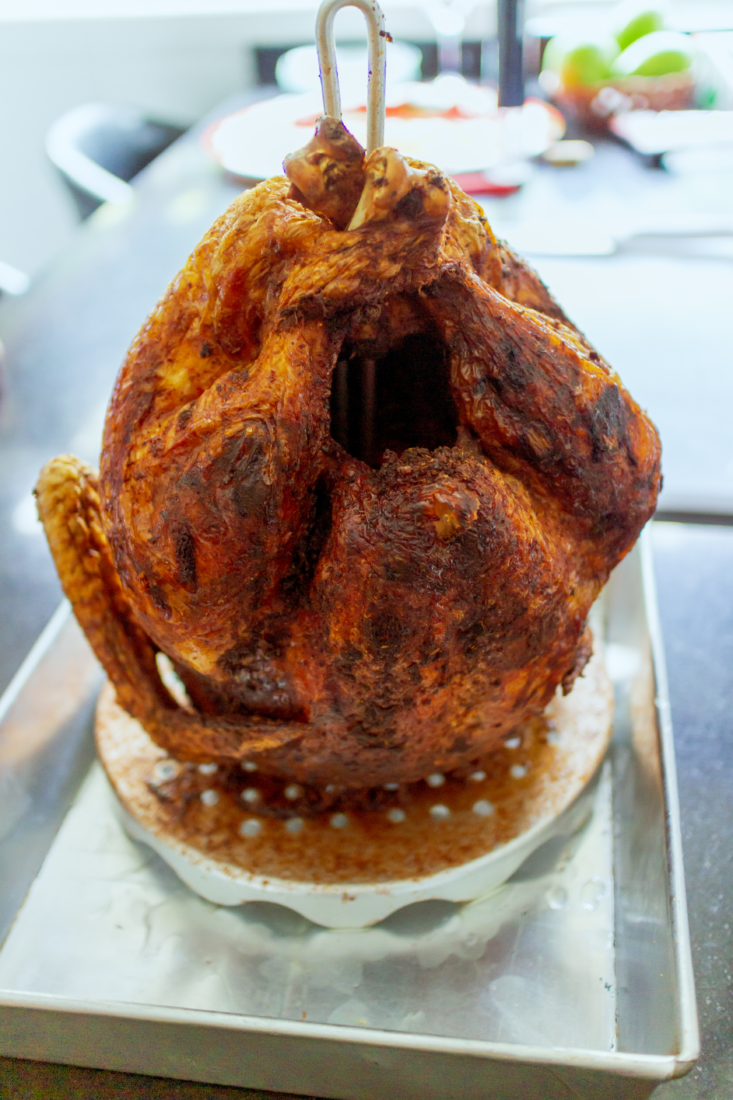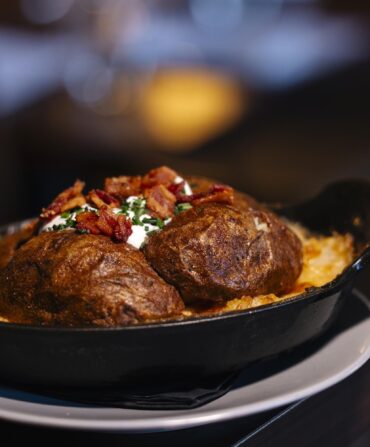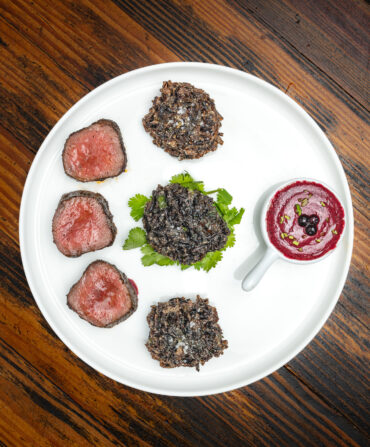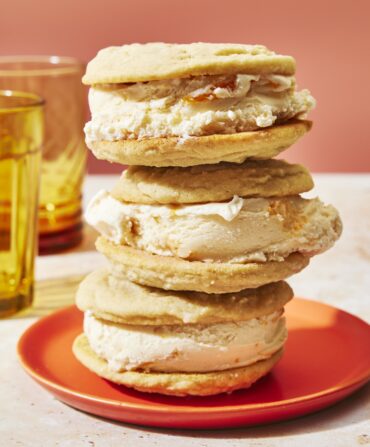It’s that time of year: the moment we collectively turn our backs on petite, well-proportioned chickens and lovely marbled hunks of beef to focus our attention on a big bird that, any way you slice it, is a real turkey to cook. And you have to chase the often-dry breast meat that results with gravy—something we Americans have done so many times, it’s become something of a national joke.
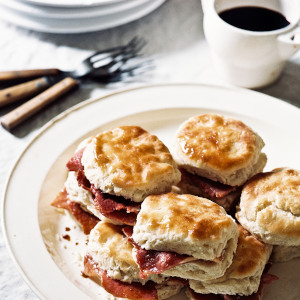
If turkey duty falls to you, you get it—the instant it enters the kitchen, the turkey is a chore. It’s too big to fit in the fridge. It commands the entire oven on the oven’s busiest day of the year. If it’s brined, the skin is flabby. If it’s not brined, the flesh is flavorless. (Plus, if you’re not into pink turkey thighs, it will need to roast long enough that it will dry out the breasts.) That’s why at Thanksgiving, I’m thankful that somebody, somewhere, sometime I presume in the 1980s, decided they should just deep fry the whole thing.
Frying your Thanksgiving turkey addresses a number of its issues. First, it frees up your oven and cuts the bird’s cooking time in half. Second, because it gets exposed to heat for much less time, the meat will inevitably be juicier. Third, when you fry something, it gets crispy, even if it’s been brined. And last but not least, cooking the turkey outdoors gives your loved ones who usually loiter in the kitchen an actual job to do outside.

The only thing a hot vat of fat will not fix is where to store your turkey before you fry it. Fingers crossed it will be really cold this year and you can keep it under the carport like my Grandma did. Otherwise, here’s how I manage to pull off the often-intimidating process.
Note: Theoretically you can do this without a proper “turkey fryer” setup, but I never have, so do yourself a favor and pick one up. The set includes a propane burner and base, a pot with a lid, and a mechanism for lowering the bird into the oil. (These also work great for steaming oysters or Lowcountry boils.)


